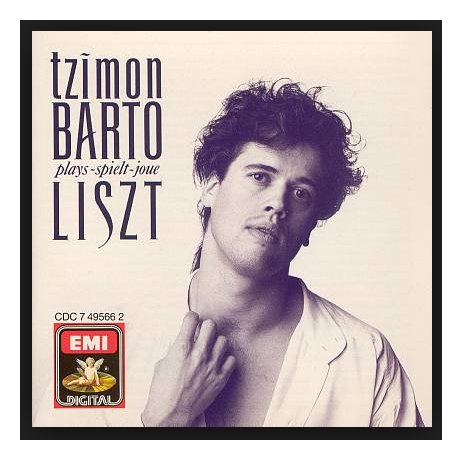

Tzimon Barto is one of those rare musicians to have established a notable parallel career in another artistic field. Along with achieving great success as a concert pianist, he has drawn acclaim for his first book, A lady of Greek origin, a work of 28 poems, all of disparate style. To say Barto's intellect is rare would be an understatement. He speaks five languages; reads ancient Greek, Hebrew, and Latin; and is a scholar of literature, philosophy, natural science and the Bible. Barto's piano repertory is broad, encompassing works by Bach, Rameau, Tchaikovsky, Prokofiev, Gershwin, de Falla, Joplin, and many others. Barto was born Johnny Barto Smith, Jr., on January 2, 1963, in Eustis, FL. At 5 he began taking piano lessons from his grandmother, and at 9 he wrote an opera, including the libretto. He studied music at Rollins College and the Brevard Music Center. From 1981-1985 he studied at Juilliard under the iconic piano pedagogue Adele Marcus, who suggested that her student change his name to Tzimon Barto. Barto won the Juilliard Concerto Competition and twice won the Gina Bachauer Competition. At the behest of composer Gian Carlo Menotti, Barto, having also studied conducting, was invited to appear at the 1985 Spoleto Festival as both conductor and pianist. The following year Barto led performances there of Menotti's opera, The Saint of Bleecker Street. 1989 was a pivotal year in Barto's career. He debuted at the Vienna Musikverein in February with conductor Christoph Eschenbach, and his first recording -- featuring the Prokofiev Third Concerto, the Ravel G major Concerto, and the Gershwin Rhapsody in Blue, led by Andrew Davis-- was released on EMI. 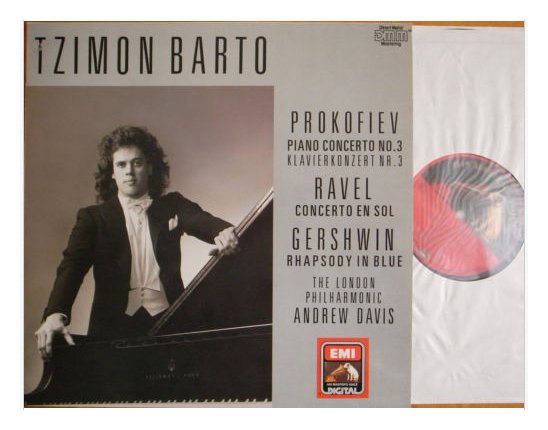
At the invitation of Herbert von Karajan, he appeared at the Salzburg Festival the following year. Barto became a familiar presence on the concert circuit thereafter, regularly appearing at major venues in the U.S. and abroad including New York, Philadelphia, San Francisco, Paris, Berlin, and St. Petersburg. Numerous recordings appeared in the 1990s and early years of the new century as well. In 2001, his book A lady of Greek origin was published, and later a stage version of it was presented in Frankfurt, Germany, and Vienna (2005). Barto's collection on CD of keyboard works by Rameau, entitled A Basket of Wild Strawberries, was released in spring, 2006 on the Ondine label. 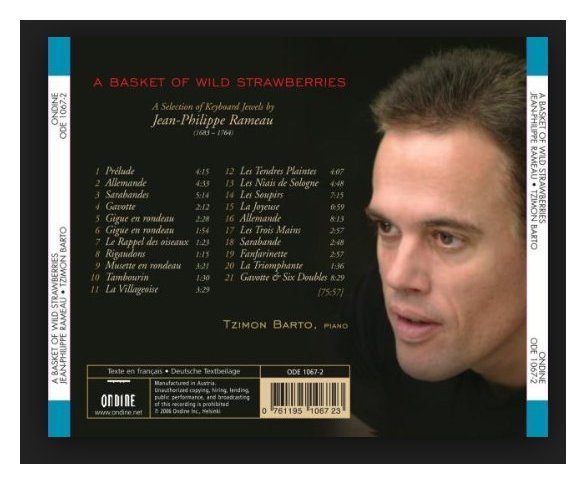
Barto has always been actively involved in contemporary music and created an international composition competition for piano solo in 2006 – the “Barto Prize”. -- Biography by Robert Cummings
(with additions)
-- Throughout this page, names which are links refer to my interviews elsewhere on this website. BD |
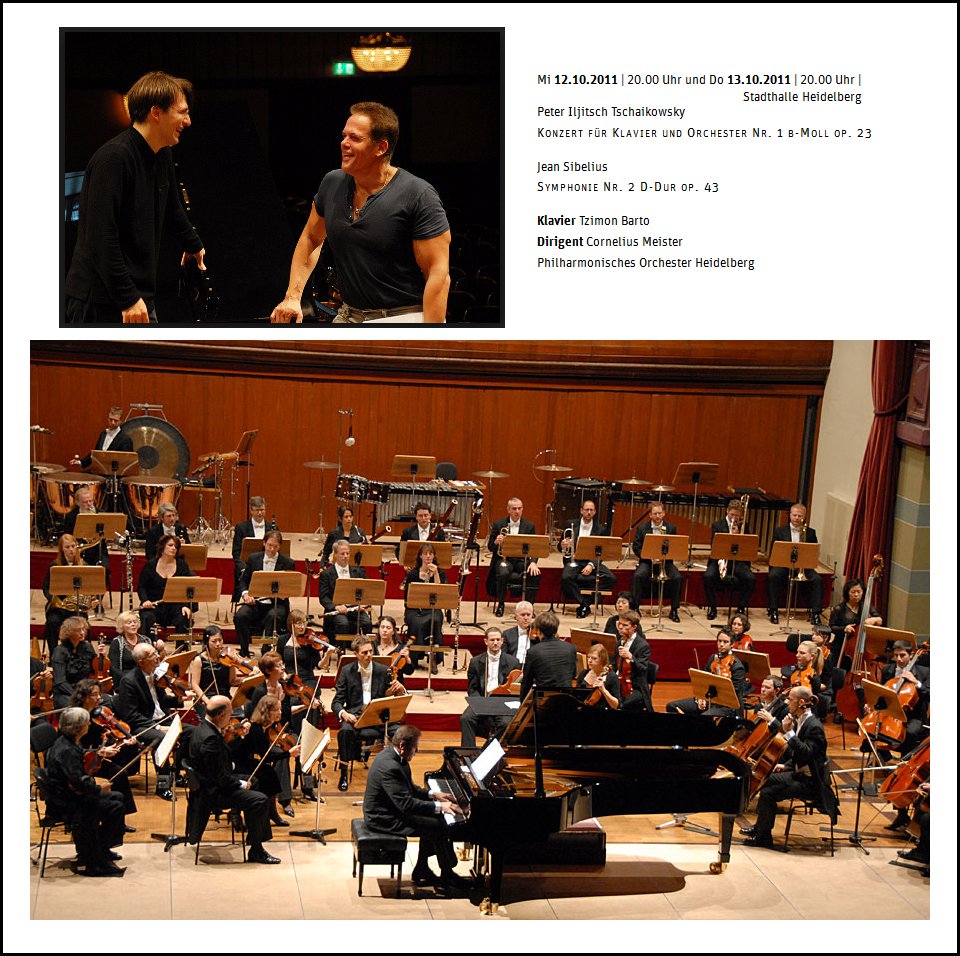
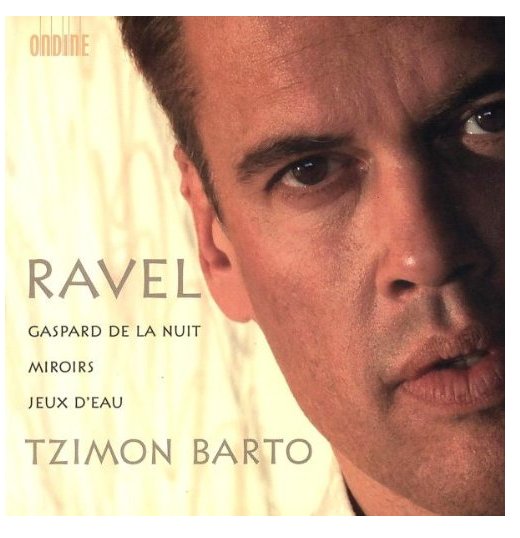 BD: But they’re picked up on the microphone?
BD: But they’re picked up on the microphone?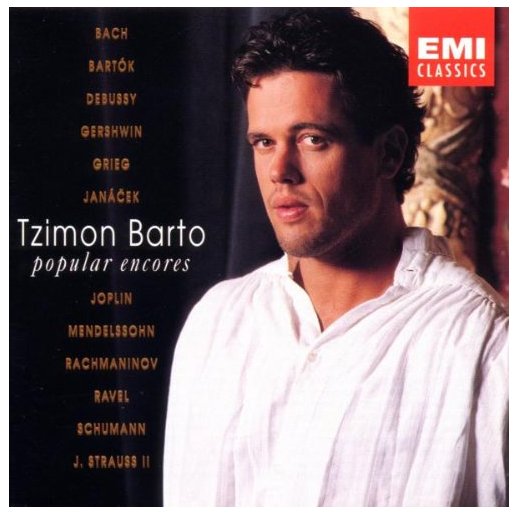 BD: Is it surprising at all for the concert audience
to see someone who looks like a body builder come out and play either very
rigorously or very delicately at the piano?
BD: Is it surprising at all for the concert audience
to see someone who looks like a body builder come out and play either very
rigorously or very delicately at the piano?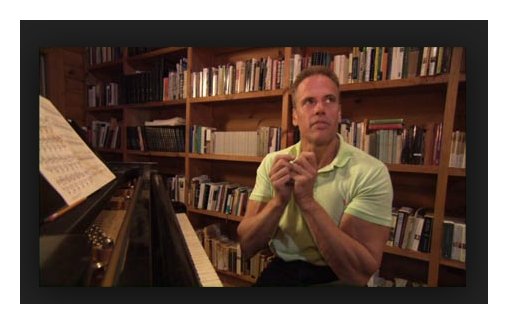 BD: I would assume that it’s the opposite, though,
that there’s so much that you want to play and so much that touches you?
BD: I would assume that it’s the opposite, though,
that there’s so much that you want to play and so much that touches you?| Christiane Edinger studied with
Vittorio Brero at the Hochschule für Musik, Berlin (University of Music),
with Nathan Milstein in Gstaad (Switzerland), and with Joseph Fuchs at the
Julliard School of Music, New York. She played with the Berlin Philharmonic Orchestra for the first time at the age of nineteen. Two years later, she made her debut at the Carnegie Hall in New York as part of the Young Concert Artists, Inc. program. Since then she has played regularly with all the major German orchestras. She has guested throughout Europe and frequently given recitals and concerts in the USA; concert tours took her to South America, Eastern Europe, the Soviet Union and East Asia (Japan, Korea, China). Her repertoire covers an extraordinarily wide range. Besides the standard repertoire, she is committed to playing rarely heard works from the Romantic era. A key focus of her work is on the oeuvre of Eduard Franck, whose violin concertos and chamber music works she has recorded for Audite. Another of her particular interests is contemporary music. Several composers have written works especially for her, including *Erhard Grosskopf (Violin Concerto; first performance in Berlin with Bruno Maderna); *Cristobal Halffter ( Violin Concertos Nos. 1 and 2, first performance in Madrid and Stuttgart with Cristobal Halffter); *Peter Michael Hamel (Duo Aus Claras Tagebuch (From Clara's Diary), first performance in Düsseldorf with Tzimon Barto), (Violin Concerto, first performance in Munich with Alicja Mounk); *Henri Lazarof (Violin Concerto No.3, first performance in Liverpool with Gerald Schwarz); *Friedhelm Döhl (Concerto a due, first performance in Hanover at Expo 2000 with James Tocco, Solo for Violin); *2010, first performance in Shanghai of 8 works for solo violin, written by composition students of the Shanghai University of Music. |
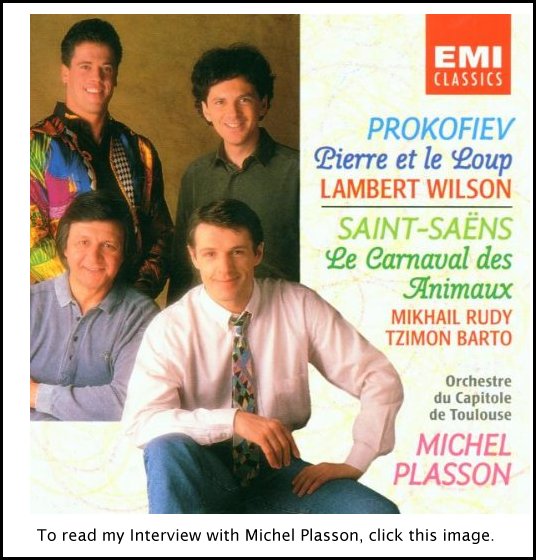 Barto: Oh, no, no, no, please, no. I
can’t stand it. Oh, I hate it! Oh, my God! I was just
listening to the radio the other day and I heard a piece done on a hammerklavier,
and it was like, “Why bother, when it sounds this horrible?” Intellectually
I can understand the rationalization, but it just sounds so damn bad!
Many composers weren’t satisfied with it. Bach was always looking
for a replacement for the harpsichord, for something that would sing more.
He just didn’t like the piano at that stage, and I can’t blame him.
And Beethoven practically commissioned a new piano with more strings.
He wasn’t satisfied either. He crashed through the piano like God
knows what.
Barto: Oh, no, no, no, please, no. I
can’t stand it. Oh, I hate it! Oh, my God! I was just
listening to the radio the other day and I heard a piece done on a hammerklavier,
and it was like, “Why bother, when it sounds this horrible?” Intellectually
I can understand the rationalization, but it just sounds so damn bad!
Many composers weren’t satisfied with it. Bach was always looking
for a replacement for the harpsichord, for something that would sing more.
He just didn’t like the piano at that stage, and I can’t blame him.
And Beethoven practically commissioned a new piano with more strings.
He wasn’t satisfied either. He crashed through the piano like God
knows what.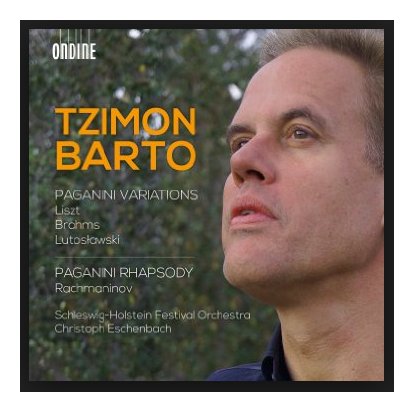 BD: Are you pleased with the records you’ve made
so far?
BD: Are you pleased with the records you’ve made
so far?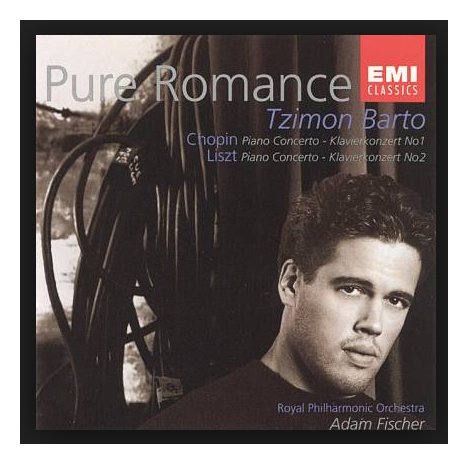 BD: You bring up an interesting point. Is
there no entertainment value in an artistic achievement?
BD: You bring up an interesting point. Is
there no entertainment value in an artistic achievement?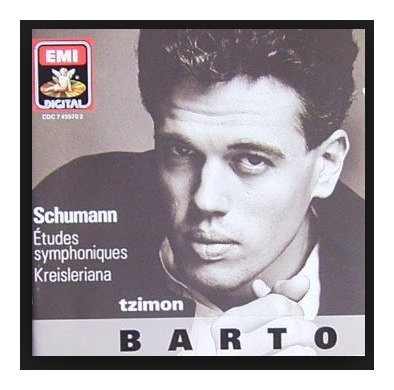 BD: Do you have any advice for composers?
BD: Do you have any advice for composers?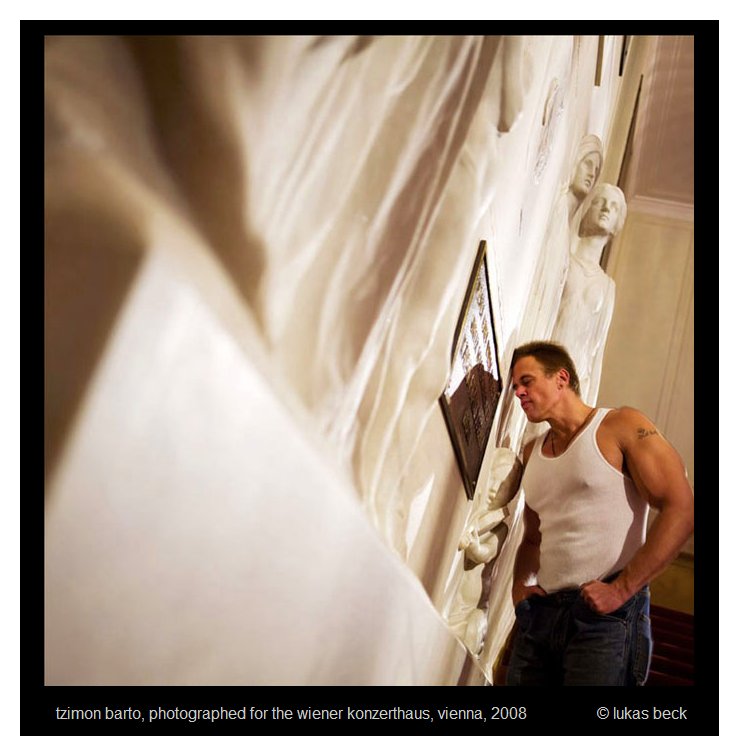
| Yukio Mishima (三島 由紀夫 Mishima Yukio)
is the pen name of Kimitake Hiraoka (平岡 公威 Hiraoka Kimitake, January 14,
1925 – November 25, 1970), a Japanese author, poet, playwright, actor, and
film director. Mishima is considered one of the most important Japanese authors
of the 20th century. He was nominated three times for the Nobel Prize in
Literature and was poised to win the prize in 1968 but lost the award to
his fellow countryman Yasunari Kawabata. His avant-garde work displayed a
blending of modern and traditional aesthetics that broke cultural boundaries,
with a focus on sexuality, death, and political change. He is remembered
for his ritual suicide by seppuku after a failed coup d'état attempt,
known as the "Mishima Incident". The Mishima Prize was established in 1988 to honor his life and works. In 1955, Mishima took up weight training, and his workout regimen of three sessions per week was not disrupted for the final 15 years of his life. In his 1968 essay Sun and Steel, Mishima deplored the emphasis given by intellectuals to the mind over the body. He later also became very skilled at kendo, traditional Japanese swordsmanship. Mishima was featured as a photo model in Young Samurai: Bodybuilders of Japan and Otoko: Photo Studies of the Young Japanese Male by Tamotsu Yatō. American author Donald Richie gave a short lively account of Mishima, dressed in a loincloth and armed with a sword, posing in the snow for one of Yatō's photoshoots |
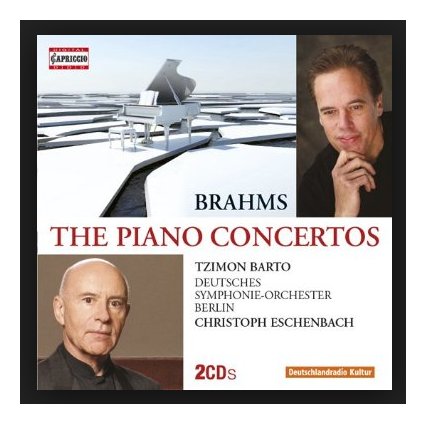 BD: So you’ll encourage that?
BD: So you’ll encourage that?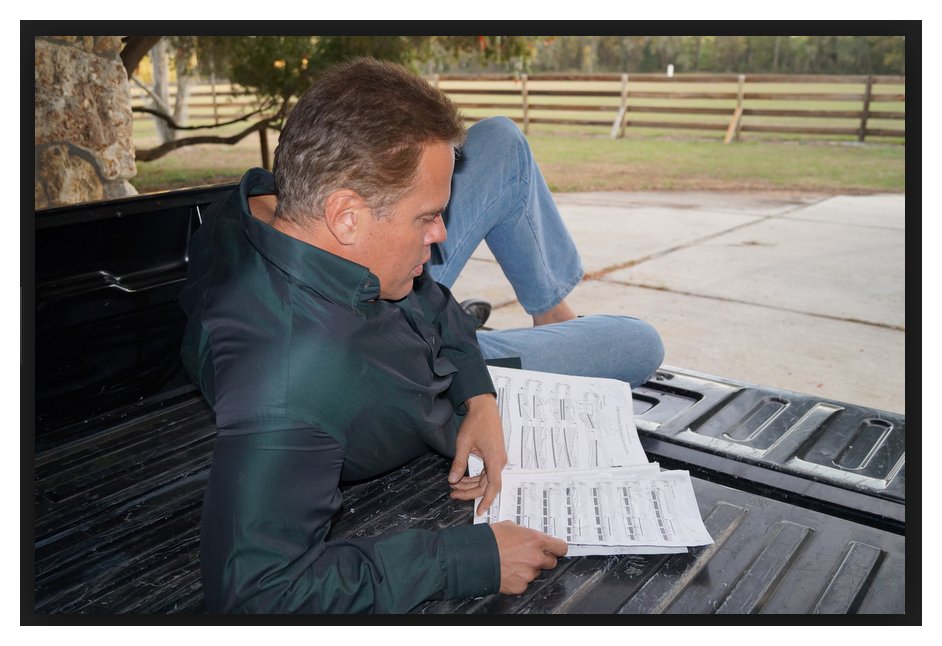
© 1996 Bruce Duffie
This conversation was recorded backstage at Medinah Temple in Chicago
on May 23, 1996. Portions were broadcast on WNIB in 2000, and on WNUR
in 2004 and 2010. This transcription was made in 2015, and posted
on this website at that time.
To see a full list (with links) of interviews which have been transcribed and posted on this website, click here. To read my thoughts on editing these interviews for print, as well as a few other interesting observations, click here.
Award - winning broadcaster Bruce Duffie was with WNIB, Classical 97 in Chicago from 1975 until its final moment as a classical station in February of 2001. His interviews have also appeared in various magazines and journals since 1980, and he now continues his broadcast series on WNUR-FM, as well as on Contemporary Classical Internet Radio.
You are invited to visit his website for more information about his work, including selected transcripts of other interviews, plus a full list of his guests. He would also like to call your attention to the photos and information about his grandfather, who was a pioneer in the automotive field more than a century ago. You may also send him E-Mail with comments, questions and suggestions.